Singapore’s Keris Collector defends his Malay heritage one blade at a time
While his peers were into comics and trading cards, Khairi Johari fell in love with the keris as a teenager. Today, he’s hoping to revive this passion for the traditional cultural artefact among the younger generation.
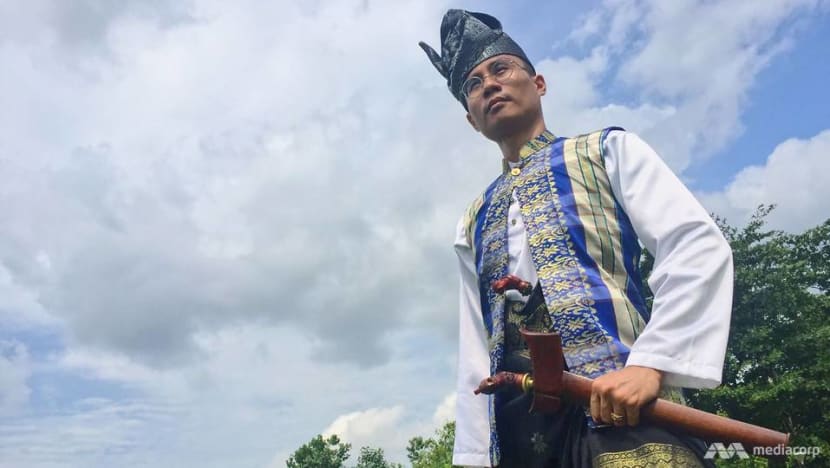
37-year-old Khairi Johari, aka Pak JoFe, began collecting keris as a teenager and hasn't looked back since. (Photo: Howard Law)
SINGAPORE: Growing up, Khairi Johari wasn’t your typical teenager. While his friends were busy playing Magic: The Gathering and flipping through comic books in the 1990s, he was obsessed with something that was a bit more old-school – the keris.
“Back then, my peers were into trading cards, DC or Marvel. But for some reason, I didn’t feel any sense of accomplishment in collecting these. There was no soul, whereas I always felt that the keris was very much alive,” he recalled.
Today, that unlikely teenage fascination with the traditional weapon, which is unique to the region, has grown into something bigger.
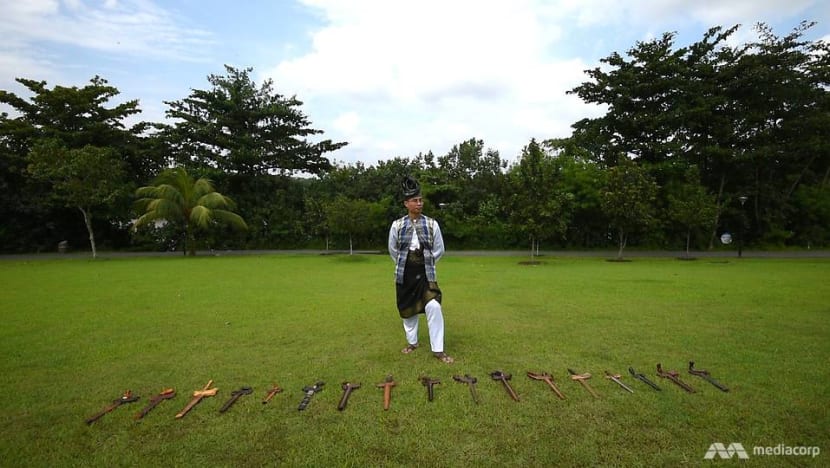
At the age of 37, Khairi – who also goes by the nickname Pak JoFe – is perhaps the youngest “serious” keris collector in Singapore, having amassed around 400 pieces through the years.
“The keris has always intrigued me,” he said, recalling how he first got hooked while watching Malay movies. In these, the likes of P Ramlee, Nordin Ahmad and Mahmud Jun would be effortlessly wielding their keris or showing off their silat fighting skills in battle.
While Khairi began taking silat classes at the age of eight, it wasn’t until he was 16 when he finally got his first keris – a simple souvenir piece that his parents had brought for him after a holiday trip to Kuala Lumpur.
“It was the most exciting day of my life. That sort of kick-started my journey into this fascinating world,” said Khairi, who currently works as an IT consultant.
HUNTING FOR KERIS
It was a journey that he would continue to pursue with a passion. During his early years as a budding collector, he would save up his allowance and follow his parents to Malaysia, thinking it was the only place you could buy keris.
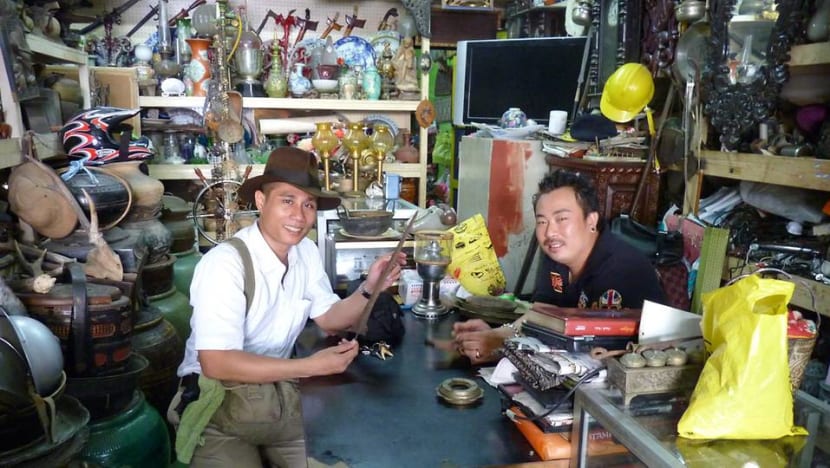
“Back then, we didn’t have the Internet and I didn’t know there were places in Singapore that sold keris!” he said, with a laugh. “Then I found out about Bussorah Street and that became my gold mine.”
As he got older, he started to travel on his own. “Almost every weekend, I’d go to Melaka, Johor or any place where there were keris.”
He would also slowly be introduced to other collectors in Singapore and the region. Folks who knew about his love affair with the keris would also help him spot pieces at flea markets or public charity auctions all over the world.
eBay also became a good hunting ground. In fact one of his oldest pieces – which is supposedly from the 15th or 16th century – was bought through the latter for US$50.
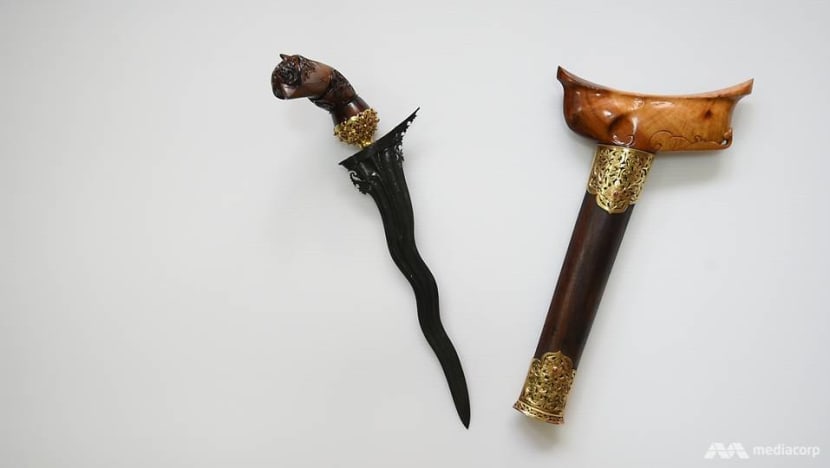
Not all of his keris are antiques, though. He also buys from traditional craftsmen to ensure the art of keris-making continues to be a living one. One of his most prized possessions is a custom-made piece from a maker in Kelantan, who has since died. The keris – which is adorned with gold and rubies – took three years to make and cost him 30,000 ringgit, or around S$15,000 at the time.
REVIVING INTEREST IN SINGAPORE
While the culture of collecting and making keris in all its different forms continue to thrive elsewhere in the region, it will require a huge effort to keep that tradition alive in Singapore.
While the keris still makes its occasional appearance in traditional weddings, exhibitions and silat performances here, Khairi said the art of keris-making in Singapore has already died. The last-known maker, Gandu Mohd Kassim, was already 85-years-old when he was featured in a newspaper interview in 1984.
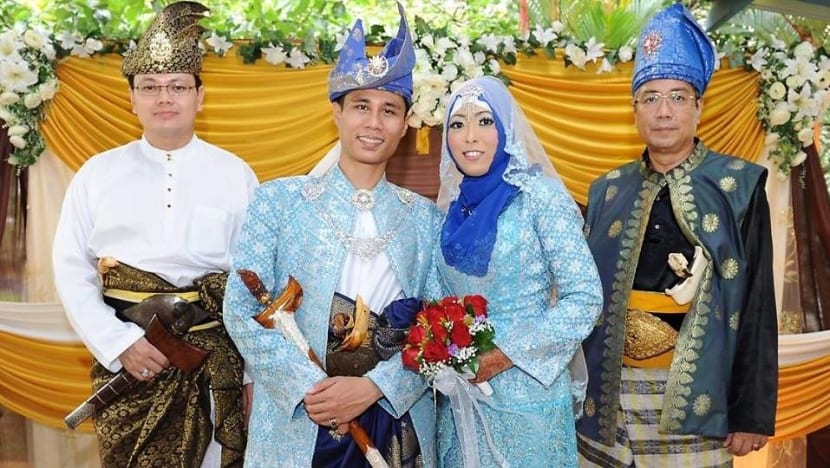
And while there’s a sizeable number of serious collectors in Singapore, many of whom have served as his mentors, they’re all much older than him.
“The interest in the cultural artefact isn’t that popular with the younger generation. I’ve yet to meet collectors of my age or younger who show that kind of interest in it. This is very sad because if they don’t take any interest in the field, eventually the knowledge held by the senior generation will be lost,” he said.
Khairi added: "The youths of today have the perception that the keris is an 'old people' hobby or that they feel they have to be silat students before they can wield the keris."
To help revive interest the keris, he started his own Facebook page and website aptly called The Keris Collector. He has also began offering talks and classes on the keris.
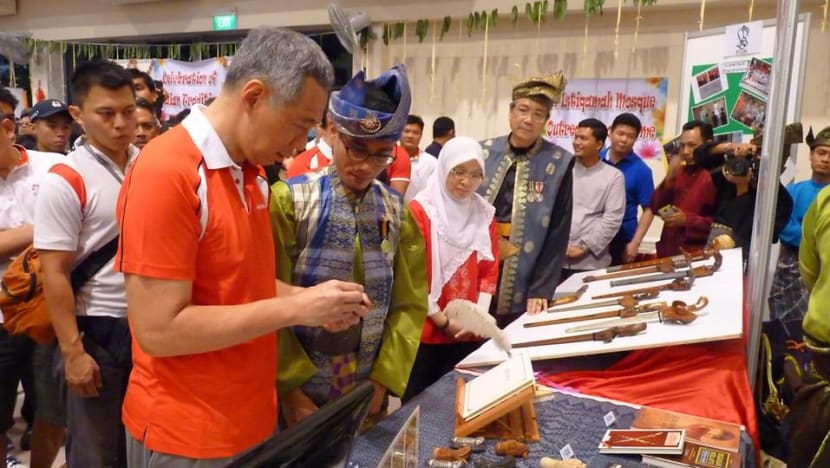
He will also take every opportunity to showcase his collection. One of his proudest moments as a keris collector and enthusiast took place at a cultural event in Ang Mo Kio back in 2014.
Khairi and some of his fellow collectors had a booth showcasing their artefacts and Prime Minister Lee Hsien Loong had dropped by to see what they had.
“He spent about 20 minutes alone at our booth, asking various questions about Malay culture, and the artefacts – including the keris – and from his facial reactions, you could tell he knew what we were talking about,” said Khairi.
A SUPERNATURAL ENCOUNTER
One of the aspects that the keris is strongly associated with is its supposed links to the mystical or supernatural. And while Khairi doesn't really subscribe to this, he did have a story to tell regarding the keris his parents had bought for him years ago.
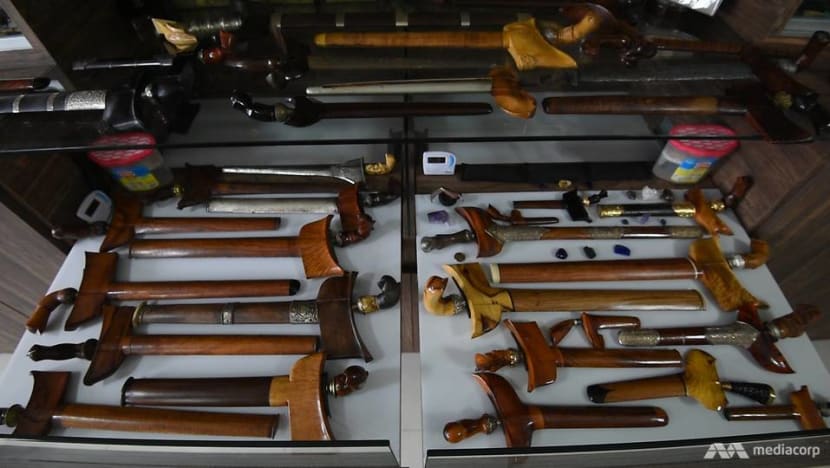
“I showed it around to some collectors who told me it was very special but I just shrugged it off. Then, one day, I sort of said aloud: ‘Hey keris, are you sure you’re more powerful than I am?’ And at that moment, it actually broke!” he said, with a laugh.
“I had been handling it for almost a year so I found it hard to believe it could break just like that. It caught me by surprise. When I look back, in retrospect, perhaps there’s some truth to it.”
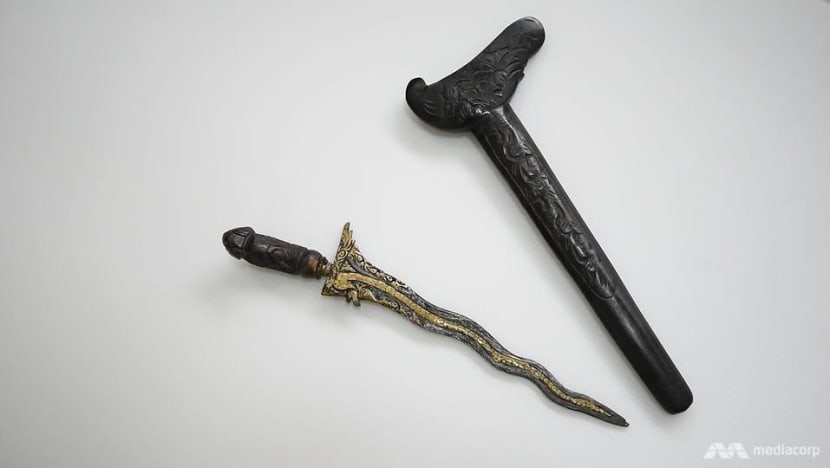
Talk of supernatural incidents aside, Khairi is still banking on some kind of "magic" that will put the spotlight back on the keris and its cultural importance.
“It’s unique to this region. It’s very deeply rooted in the identity of the peoples of the Malay archipelago, be it the peninsular Malays, the Indonesians, the Bugis, from Patani to Sulawesi. It symbolises their struggles, history and aspirations. If you were to appreciate it like how you appreciate a painting, you’ll definitely fall in love with the keris.”












